
Fiat Punto Evo Hatchback (2010-2012) engines, drive and performance
.jpg)
Fiat has managed to improve the majority of the engines in the Punto Evo line-up in terms of both power and economy, helped by an engine start/stop system which comes as standard on all models. This automatically cuts the engine when the car is stationary, such as in traffic (you have to be in neutral with your foot off the clutch) and restarts it again automatically when you depress the clutch.
The entry-level unit is a 1.4-litre petrol with 77bhp – carried over from the previous Grande Punto. Performance is adequate rather than scintillating, but it is economical and will average 50mpg, so is ideal if most of your driving is in town. The 1.4-litre MultiAir delivers 105bhp and is more sprightly low down, yet returns identical fuel economy, however the top engine is the excellent 1.4-litre MultiAir Turbo with 135bhp.
The turbocharger makes a big difference to acceleration with a 0-62mph time of 8.5 seconds – around 2.5 seconds quicker than the standard MultiAir. It has plenty of in-gear pace on offer and feels genuinely quick, however, the front can feel light under hard acceleration with the front wheels often struggling for grip. But it’s still great fun to drive and yet returns a mightily impressive 50mpg.
There are two diesels available – both 1.3-litre MultiJet engines – with either 75bhp or 95bhp. They aren’t the quietest of engines, especially when worked hard and even the more powerful version sometimes feels lacking in grunt, but fuel economy is exceptional with 69mpg and 67mpg achievable respectably. Both emit 100g/km of CO2 or less, making them cheap to tax too.
Despite the styling changes inside and out, the handling of the Punto Evo remains largely unchanged from the Grande Punto. That means it’s easy to drive in town but also enjoyable on more demanding roads such as twisting country lanes. The ride remains very flat in corners and there’s plenty of grip too, but the steering is somewhat light and there’s not much feel either.
That said, it’s precise and composed through bends. All models come with a ‘city’ button on the dash which lightens the steering at lower speeds to make parking and other tight manoeuvres easier. The one gripe is the ride – even on the more comfort-oriented models it’s firm and on uneven and bumpy roads it fidgets, quickly becoming uncomfortable.


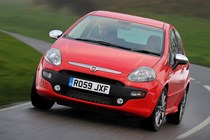
.jpg)
.jpg)
.jpg)
.jpg)
.jpg)
.jpg)
.jpg)
.jpg)
.jpg)
.jpg)
.jpg)
.jpg)
.jpg)
.jpg)
.jpg)
.jpg)
.jpg)
.jpg)
.jpg)
.jpg)
.jpg)
.jpg)
.jpg)
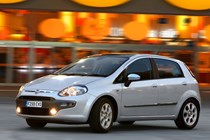
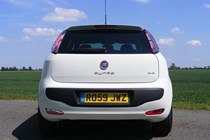

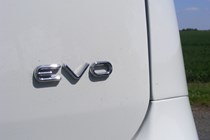

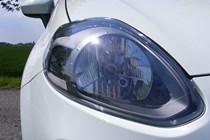
.jpg)
.jpg)
.jpg)
.jpg)
.jpg)
.jpg)
.jpg)
.jpg)
.jpg)
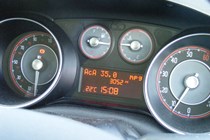
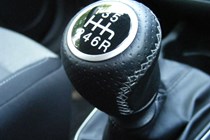
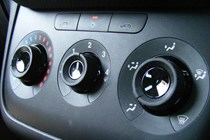
.jpg)
.jpg)
.jpg)
.jpg)
.jpg)
.jpg)
.jpg)
.jpg)
.jpg)
.jpg)
.jpg)
.jpg)
.jpg)
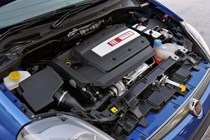

.jpg?quality=50)
.jpg?quality=50)
.jpg?quality=50)
.jpg?quality=50)
.jpg?quality=50)
.jpg?quality=50)
.jpg?quality=50)
.jpg?quality=50)
.jpg?quality=50)
.jpg?quality=50)
.jpg?quality=50)
.jpg?quality=50)
.jpg?quality=50)
.jpg?quality=50)
.jpg?quality=50)
.jpg?quality=50)
.jpg?quality=50)
.jpg?quality=50)
.jpg?quality=50)
.jpg?quality=50)
.jpg?quality=50)
.jpg?quality=50)
.jpg?quality=50)






.jpg?quality=50)
.jpg?quality=50)
.jpg?quality=50)
.jpg?quality=50)
.jpg?quality=50)
.jpg?quality=50)
.jpg?quality=50)
.jpg?quality=50)
.jpg?quality=50)



.jpg?quality=50)
.jpg?quality=50)
.jpg?quality=50)
.jpg?quality=50)
.jpg?quality=50)
.jpg?quality=50)
.jpg?quality=50)
.jpg?quality=50)
.jpg?quality=50)
.jpg?quality=50)
.jpg?quality=50)
.jpg?quality=50)
.jpg?quality=50)
